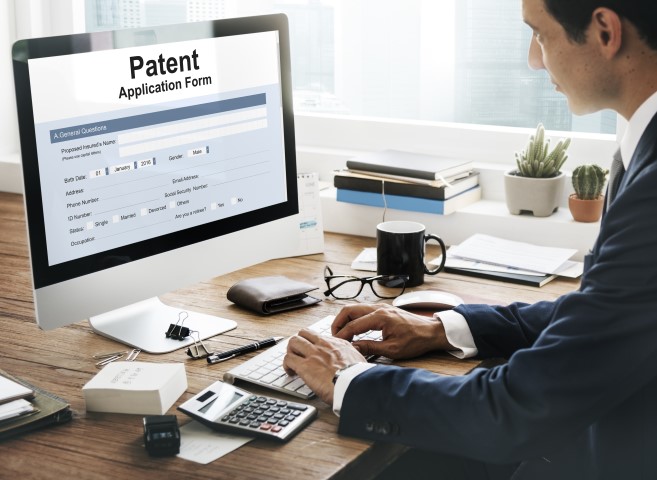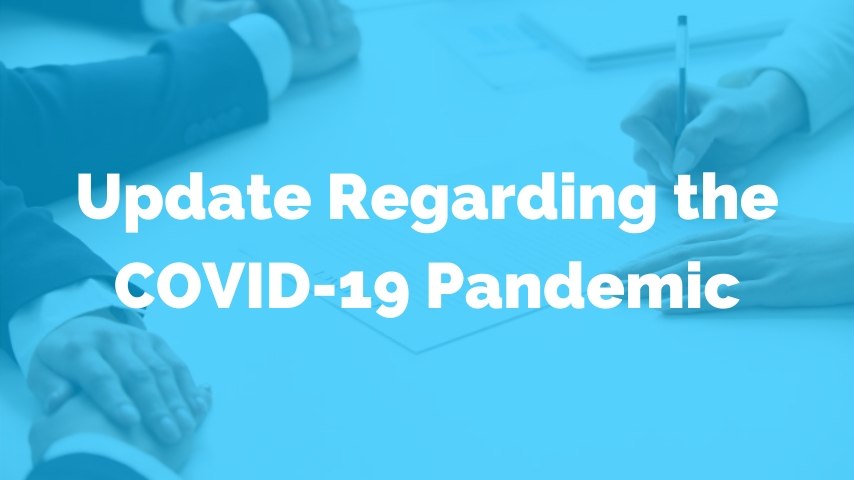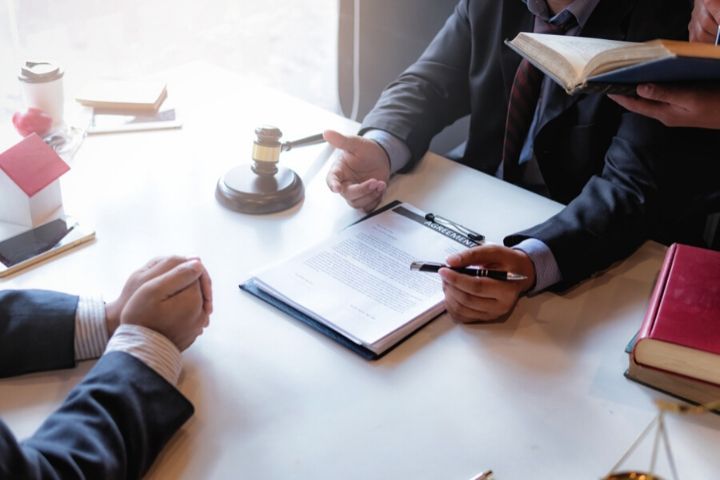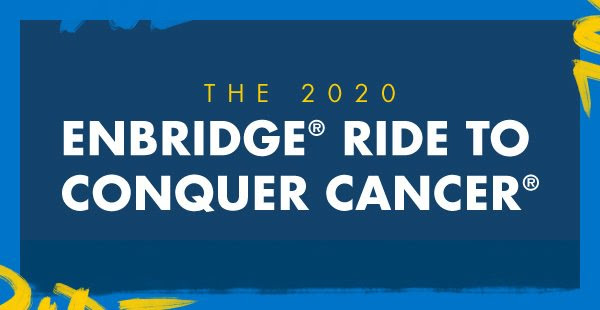We are your IP focused, business savvy partner with the mindset of lawyers, engineers and marketers all in one place. We have developed a proven commercialization strategy to ensure funding, early adoption and swift market penetration for your technology.

Patenting Services

Patent Application
Drafting
You need your IP rights, not a paper on a wall – and that means the patent must “hold water” in court. Using litigators to oversee patent drafting and patent application process ensures your IP rights are not only patentable but also capable of standing up in court for you

Patent
Maintenance
Annual and term fees, multiplied across jurisdictions, accurate and timely payments, ability to forecast future budgets, amending the portfolio to reduce the costs – all of those must be reviewed to ensure IP strategy compliance

Patent
Prosecution
Patent prosecution can be overwhelming, with numerous regulations by the patent office, legal necessities, multiplied across numerous jurisdictions. Make sure your local prosecution is compliant with your global strategy and effectively manage local associates

International
Prosecution
When each patent is filed in numerous jurisdictions, and changing regulations present a challenge, we step in to address the need in overseeing numerous local associates and prosecutions.
PATENT SEARCHES
There are various types of patent searches, each designed to address specific questions and objectives. There are four types of searches:
- Patentability
- Non-infringement
- Patent Validity
- Landscaping
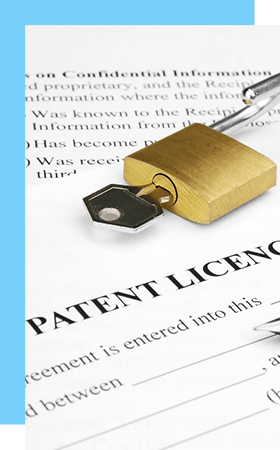
Patent Application Drafting
One of the most important services that we proudly offer is the preparation of a well-organized and complete patent application ready for filing.
Our patent management team has many years of experience in drafting patent applications. We have helped many clients successfully obtain patents in a wide variety of technologies, including medical devices, polymers, pharmaceuticals, mobile and computer systems.
We focus on aligning your IP strategy with your business strategy. We are able to craft a highly focused set of claims to provide you with optimal protection.
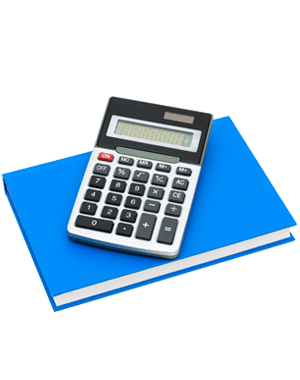
Patent Maintenance Services
Every jurisdiction in which you obtain a patent requires that you make annuity payments, more often referred to as maintenance or renewal fees. Some jurisdictions require them to be paid annually for the life of the patent while others have unique payment requirements. It can be a challenge to diligently track them all and ensure timely payment.
Some organizations will routinely pay their patent law firm to handle these payments. In many cases, those fees can be much greater than the actual maintenance fee itself. We, however, don’t believe you should pay legal fees just to pay your bills, which is why we offer this service at a significantly lower cost with unparalleled value. Not only that, but thanks to our patent portfolio management service, we are also able to support a portfolio of any size.


About Patent Prosecution
After completion of the patent application drafting process, Patent Prosecution begins. Patent Prosecution is a process by which the National Patent Office Examiner will review the application for procedural compliance, merits, discrepancies and a search for relevant Prior Art before the patent grant. They compare those findings to the claims of the application and grant a patent – or, in most cases – return it for amendments issuing an “Office Action.”
Each Office Action requires a timely and adequate response by you or your agent. In a case of the Examiner arguing for obviousness or anticipation, appropriate argument must be provided to reverse the Examiner’s opinion. You may choose to agree with it and instead amend the scope of the claim in question. The amount of Office Action you might expect is not known, but predictable to a certain extent. Seeking broader protection by using “broad” claims will result in more Office Actions, as the Examiner in his search will be able to find more relevant Prior Art. When claims are “narrowed”, less prior art will be found and less Office Actions issued. However, the scope of protection of your patent will be narrowed as well.
When a patent is filed in multiple jurisdictions, like a medical device patent, an examiner from each will respond with an Office Action. It’s important to keep in mind that each examiner will not necessarily cite the same prior art in response to your claims on file.

International Prosecution
Each National Patent Office examines the same application separately. It is of utmost importance to manage those multiple examinations in a coherent way, as what has been argued in one country may inflict prosecution in another jurisdiction.
Through our patent management services, Levin Consulting Group provides the necessary oversight of international prosecution, managing national patent agents and arguments according to an Intellectual Property Strategy developed for each respective client, in compliance with their Business Strategy.
Moreover, through its vast network of international associates and language capabilities, Levin Consulting Group is able to manage the international prosecution process in a highly effective and comprehensive way, with an eye towards possible litigation in each of the jurisdictions.






